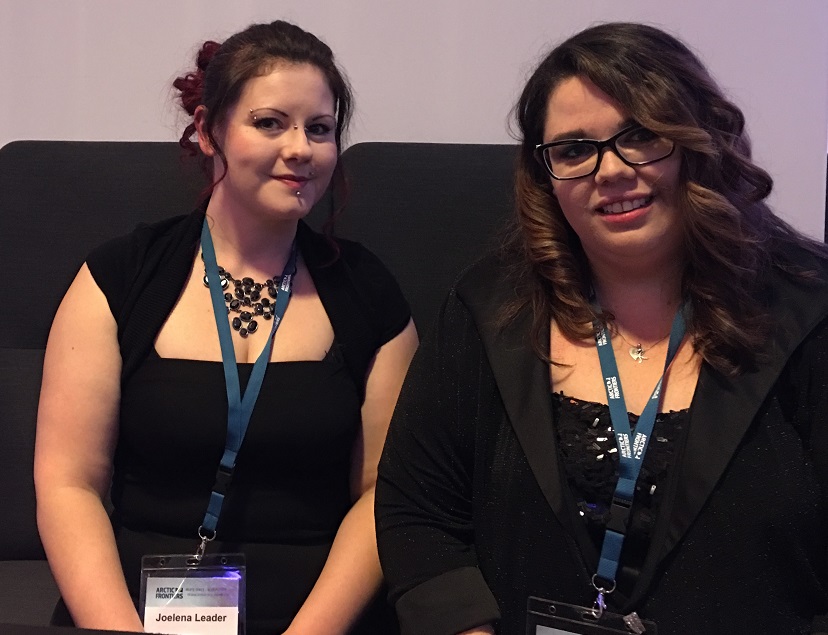SASKATOON – The University of Saskatchewan (U of S) has been awarded nearly $150,000 in federal funding to teach Indigenous youth about engineering principles underlying the technologies and designs in their own communities.
“Our ultimate goal is to inspire Indigenous youth to consider the possibilities of careers in engineering,” said U of S College of Engineering professor Sean Maw, who holds the Jerry G. Huff Chair in Innovative Teaching. “The knowledge that their ancestors were excellent designers can instill pride and curiosity. It will also engender respect and appreciation from non-Indigenous people.”
A grant from the Natural Sciences and Engineering Research Council of Canada (NSERC) PromoScience Program will invest $147,474 in the project over three years.
Maw is working with Matthew Dunn, Indigenous Peoples initiatives co-ordinator at the College of Engineering, to develop a new education program entitled Ancestral Engineering Design Activities. The program aims to teach Indigenous youth about the engineering principles behind Indigenous technology and designs, such as the forces acting on an animal trap or the design principles behind choosing the materials for a canoe.
“We want to inspire tomorrow’s Indigenous innovators, who are key to the future of this province and country,” said Karen Chad, U of S vice-president research. “This initiative helps bring together engineering and Indigenous ways of knowing.”
The grant will employ two engineering undergraduates, Connor Theoret and Andrew te Linde, to work with Saskatchewan Indigenous youth, Elders and knowledge keepers to identify local design innovations. They will then use those technologies to develop and deliver fun, hands-on teaching modules.
“To make these lessons really come alive, we want to incorporate cultural stories of their communities into them,” said Theoret, who will travel to Mistawasis First Nation this summer for the project.
The modules will be taught to Indigenous youth through partnerships with the U of S SCI-FI Science Camps, a series of science-focused summer camps across the province, and with the Science Ambassador program, which pairs senior university students with rural and remote Indigenous community schools for four to six weeks.
With the consent of the communities involved, the teaching modules and the method of designing community-specific engineering curricula will be shared with other organizations dedicated to Indigenous science outreach and with public schools across the country.
NSERC’s PromoScience Program aims to support organizations working with young Canadians to promote an understanding of science and engineering. The investment is part of a total $6.1 million announced today by Kate Young, Canada’s Parliamentary Secretary for Science.






Be the first to comment on "U of S launches engineering engagement program for Indigenous youth"